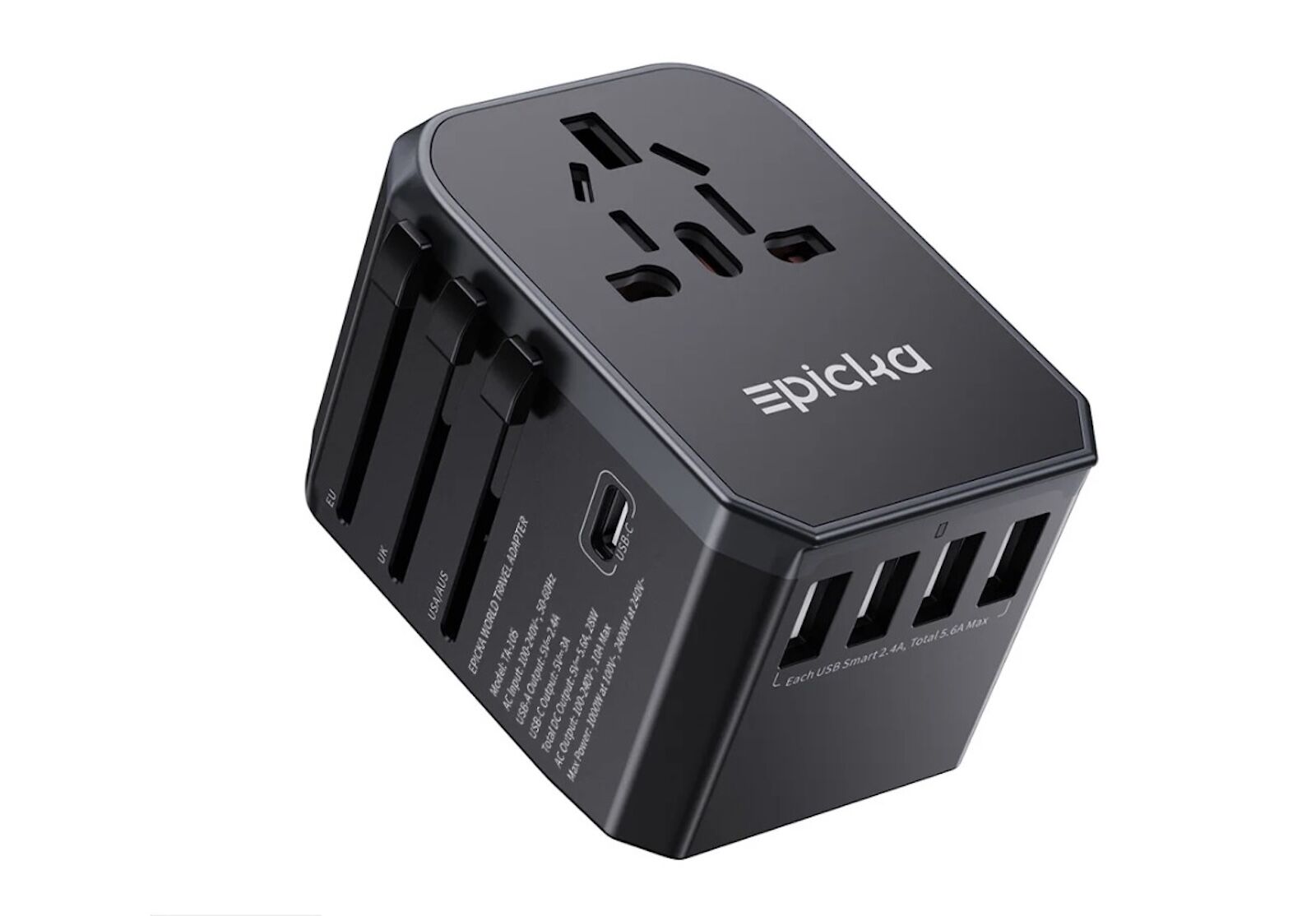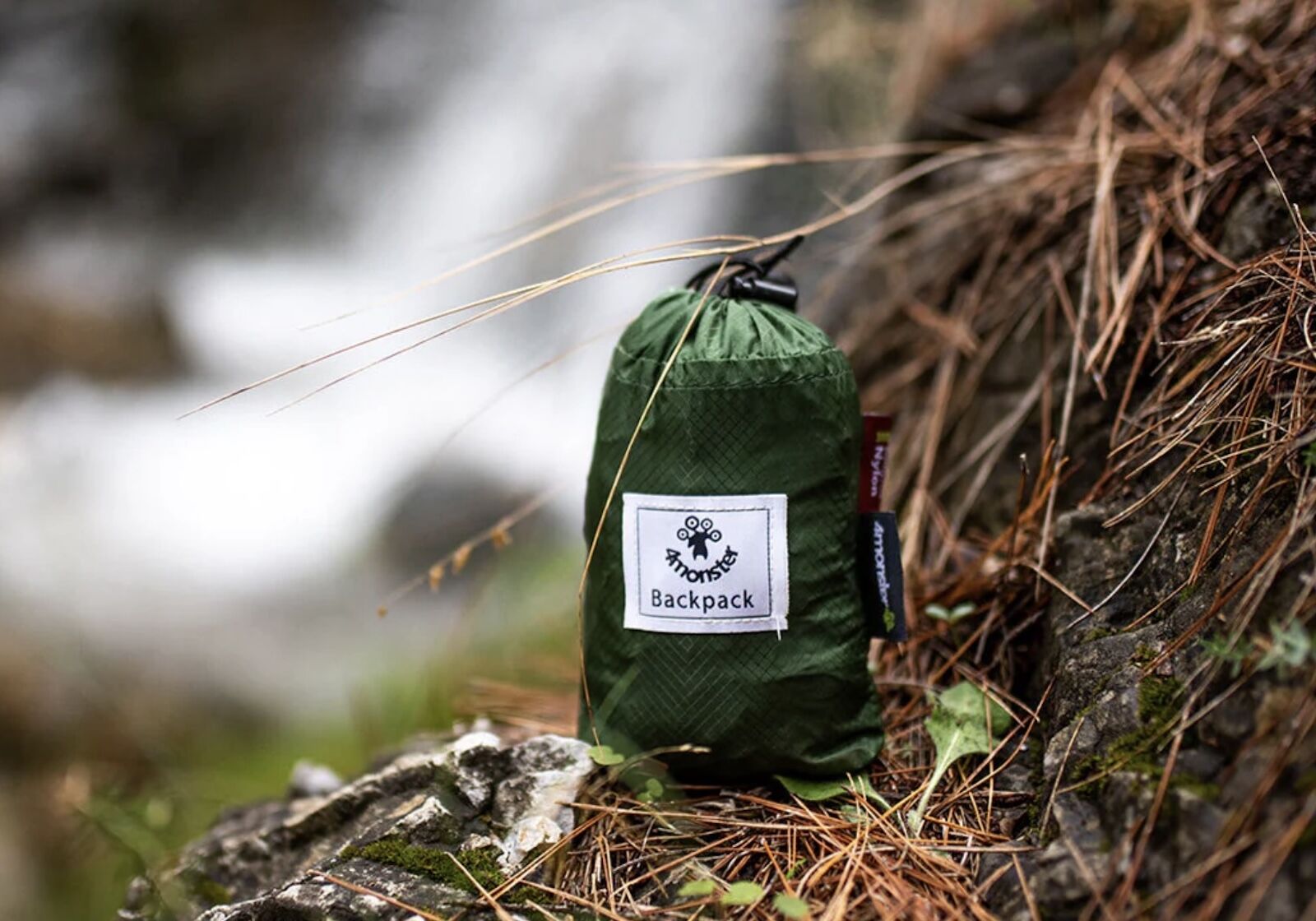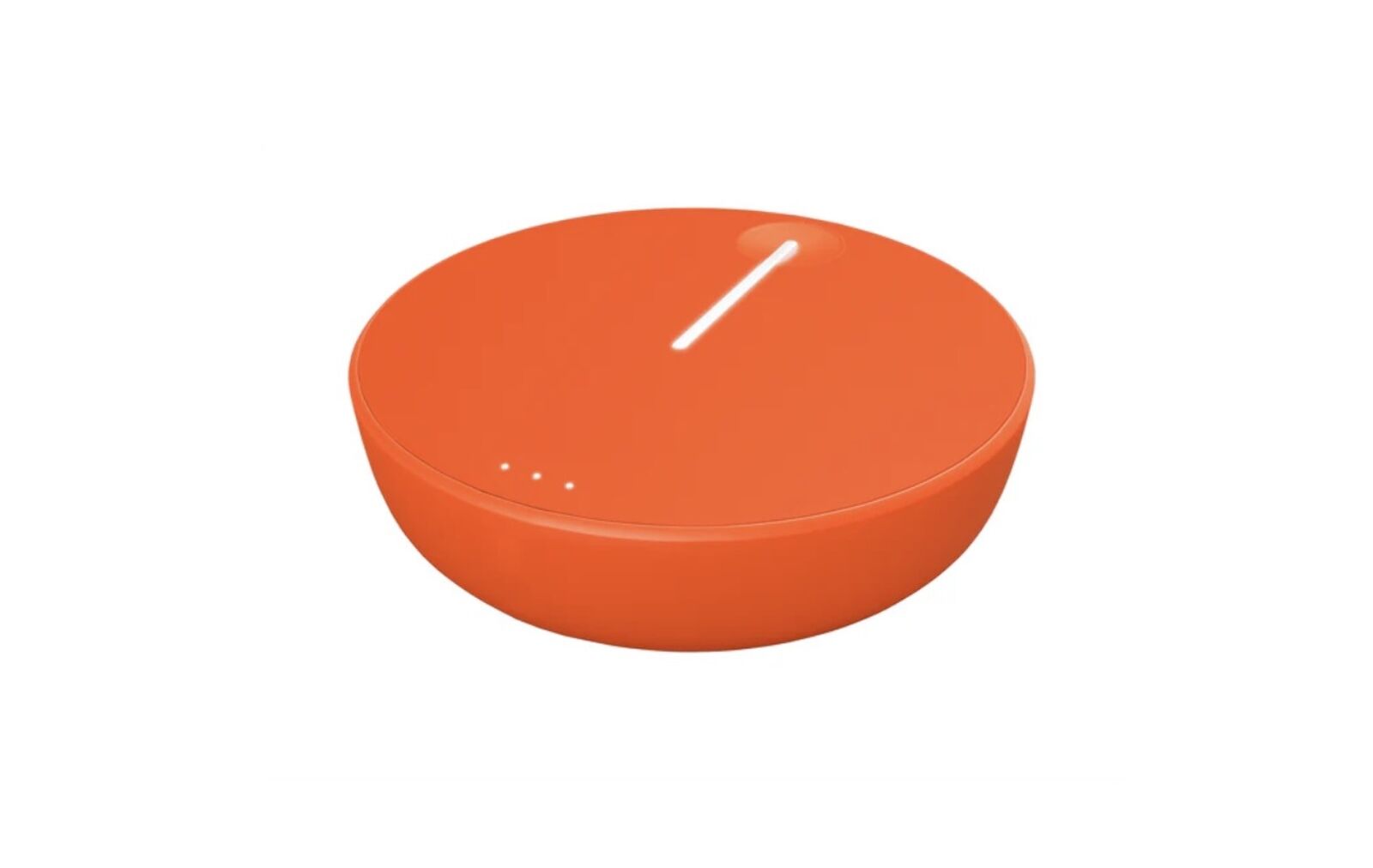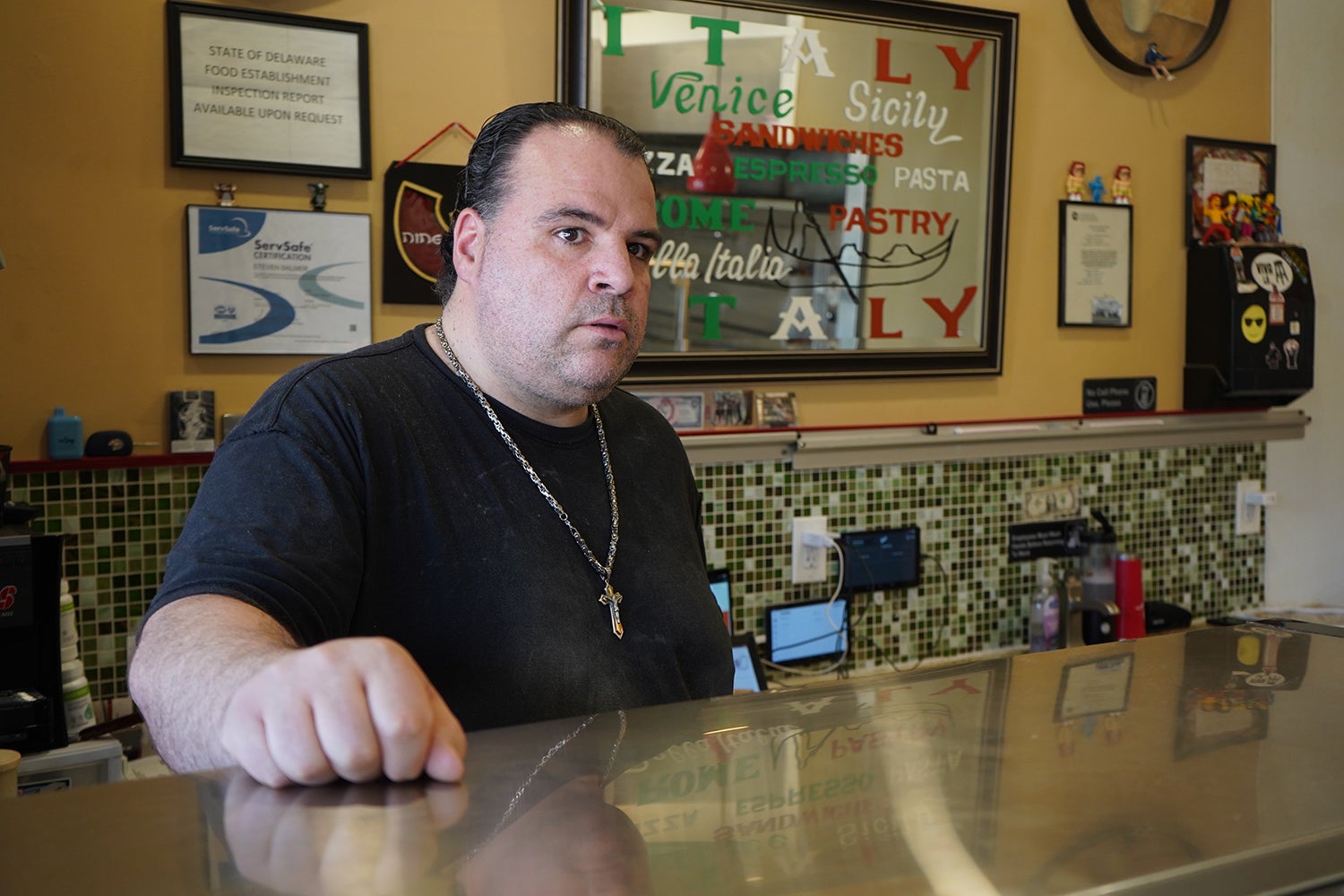Travel
What I Packed for One Week in the Swiss Alps in Autumn
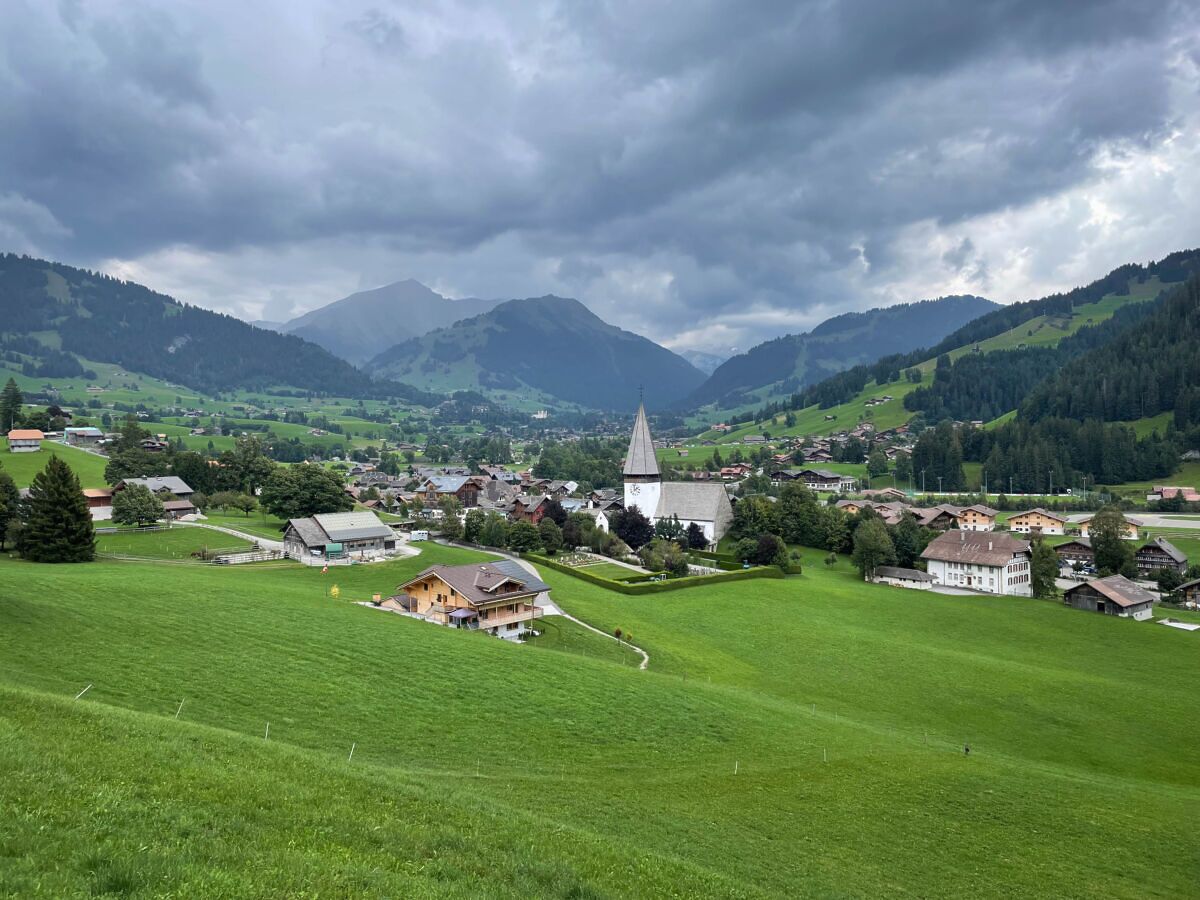
But while I knew weather in the mountains could be unpredictable, I was surprised to find that over the course of a week in September, I experienced all four seasons. We had heavy rain, days so hot that I was sweating in a tank top and shorts, and mornings so cold that I wished I had brought two down jackets. Fortunately, I somehow correctly figured out what to pack for Switzerland for a week without feeling like I brought too much or too little. With the items below, I had everything I needed for activities ranging from hikes in the Alps to high-elevation glacier trekking, going to elegant restaurants, wine tasting, cruising on Lake Geneva, and much more.
Here’s my travel-tested list of what to pack for Switzerland’s mountain regions in the fall, as well as some of the items I found absolutely essential.
We hope you love the gear we recommend! Just so you know, Matador may collect a small commission from the links on this page if you decide to make a purchase; it’s part of how we keep all our editorial content free for readers. Listed prices are accurate as of the time of publication.
What I packed for Switzerland in the fall
The weather forecast for my trip ranged from very hot to cold and rainy, and I was visiting several different areas, including Zurich, Lake Geneva, and Gstaad. So I focused on items I could layer and rewear for different activities, as well as items that would dry quickly in case we did have rain every day. That’s why I didn’t bring items like jeans or chunky sweaters — they’d stay wet for days if they got soaked. I also made sure my wardrobe was mostly neutral colors so everything would match with everything.
Clothing
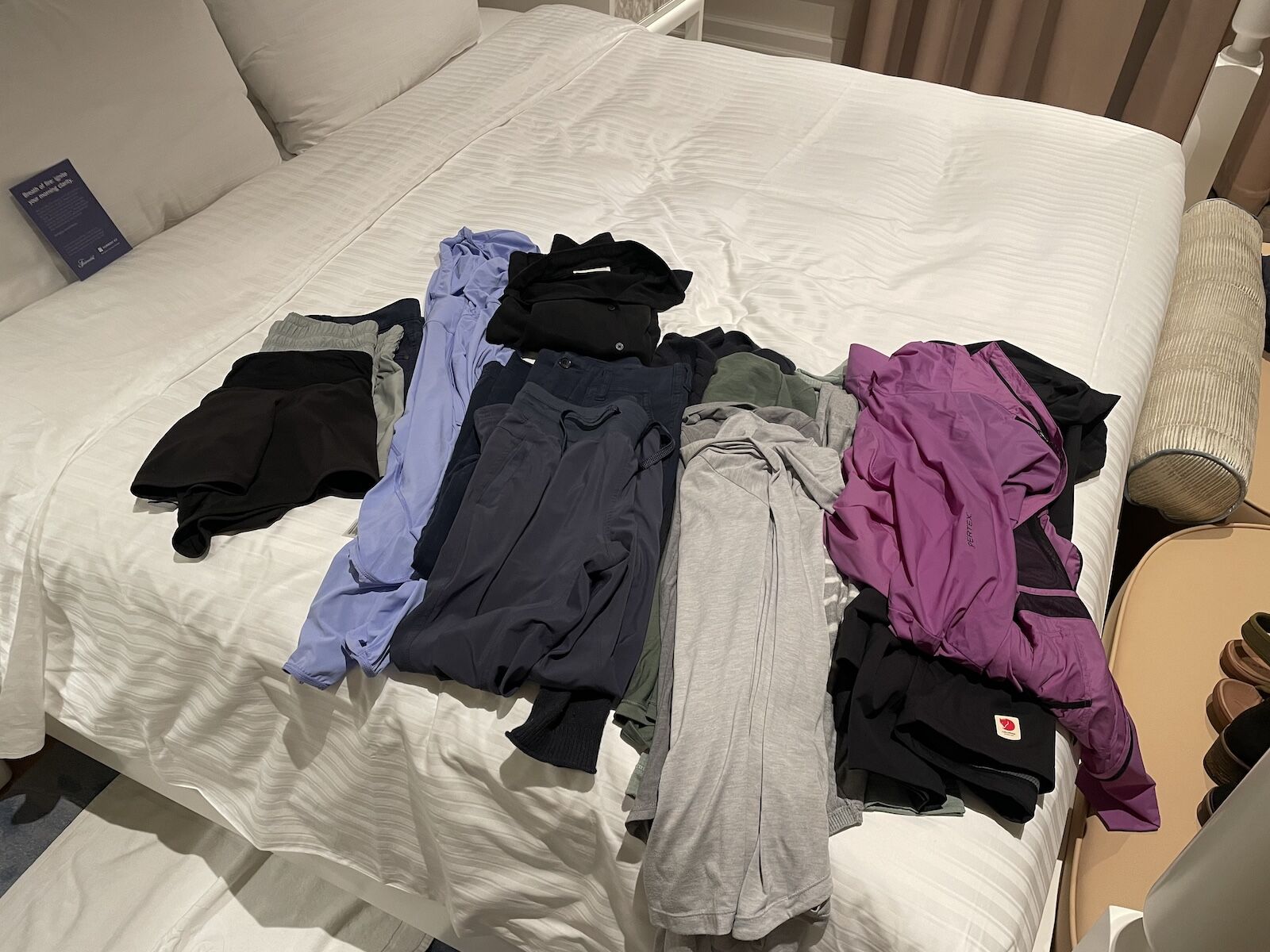
Photo: Suzie Dundas
- Two pants: Black joggers*, and a wide-leg cropped pant
- Three shorts: One tailored (nice looking) short, and two hiking/active shorts
- T-shorts/tanks: Three tanks for layering or wearing solo*, one moisture-wicking T-shirt
- Layering: One fleece pull-over, one thin insulated down jacket*
- Jackets: Two rain jackets, two super-thin (and packable) wind layers
- Shoes: Trail shoes*, sandals, nicer boot (not a hiking boot)
- Long-sleeve shirts: Three solid-color SPF sunshirts*
- Other: A nice button-down short sleeve, pajamas (or whatever you want to sleep in)
- Accessories: Five pairs of socks, underwear, a few sports bras, one swimsuit, sun hat/baseball cap, sunglasses
This list served me quite well, and because I chose packable items, I could have fit it all in a carry-on (but I checked a bag). The items with asterisks are the ones I wore on the plane, and because they were some of the bulkiest items, they saved a lot of space in my suitcase. In the future, I probably could have brought just one rain jacket. I figured if it was was super rainy, I would appreciate having a dry jacket to put on, but there wasn’t consistent enough rain to get it soaked. I also probably didn’t need the nicer pair of boots as I didn’t go anywhere fashionable, and most restaurants in the Swiss Alps seemed used to accommodating hikers dressed casually.
Otherwise, I wore everything I packed multiple times.
Advice for selecting clothing
Jackets
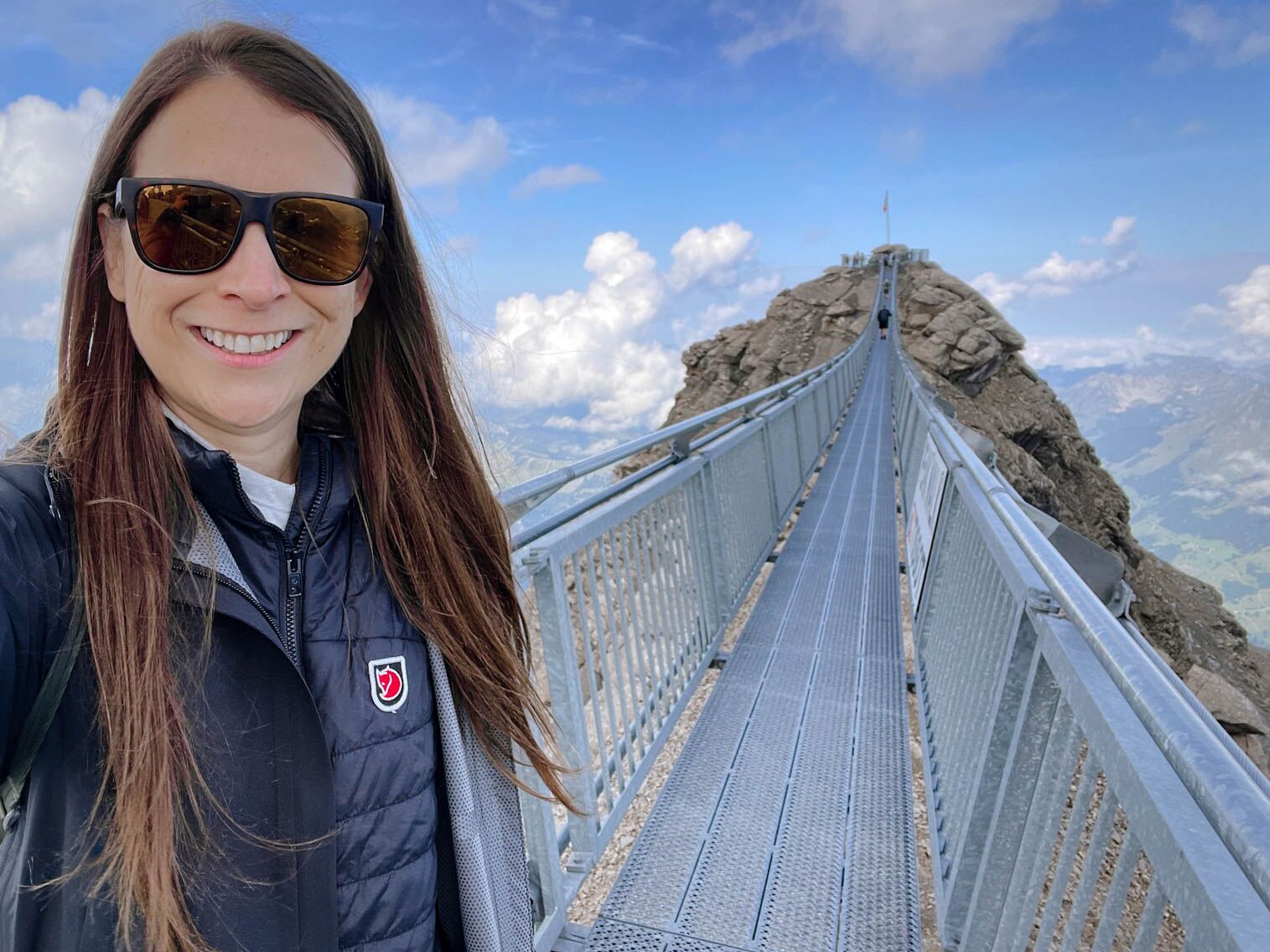

Layering my two Fjällräven jackets created a warm combo without looking bulky or overly outdoorsy. Photo: Suzie Dundas
I spend a lot of time outdoors and have lots of rain and down jackets. But most of them are bright and colorful, and I didn’t want to necessarily walk around every day in a neon-colored jacket that screamed “tourist.” So I brought two Fjällräven jackets with a slightly more subtle, tailored look, while still being super waterproof and warm. I brought a mid-weight down jacket and a waterproof jacket, both in black.
That made them look a little less outdoorsy, and I could even use the down jacket like a sweater indoors when it got chilly. On the coldest day I spent outside (temps in the 40s Fahrenheit with high winds atop Glacier 3000), the rain jacket over the down jacket made for a super-warm, super-windproof combo. The rain jackets have zippers to vent the sides, so I didn’t get sweaty or overheated when wearing it, even when the weather was relatively warm.
Shoes


My Forsake Cascades were the perfect shoe to pack for the Swiss Alps in fall. (Ignore those hot leg scars). Photo: Suzie Dundas
I brought three pairs of shoes but really only wore two. The Swiss Alps are so outdoorsy that you really don’t need to wear heels or have any kind of fancy footwear. As long as you have a nice-looking pair of sandals (like Birkenstocks or such), you should be fine.
I brought my Astral Webber Sandals, which look like a high-end sandal but have enough protection around the foot and traction on the bottom that you can use them when you’re going to be on your feet all day (like for exploring Swiss wine country). You can slide your feet into them, so they work just fine for wearing to beaches or pools. And because the straps are fabric, rather than plastic, my feet didn’t get sweaty or slippery.
For hiking and other more active adventures, I brought my Forsake Cascade Low Trail Shoes. Forsake is a brand that for some reason doesn’t seem to get a lot of attention in the US, but it makes excellent shoes I’ve always been pleased with.
When deciding what to pack for Switzerland, I knew I needed something waterproof that could handle rain and mud, but I wanted it to be subtle enough to not draw attention if I was just walking around town. My blueish-grey Forsake kicks were the perfect pair. They’re comfortable, lightweight, and left me with absolutely no blisters or rubbing, even after my steeper, rockier hikes. The price is also great: $130 for a waterproof hiking shoe is pretty solid.
Thin, packable layers


I wore my packable, lightweight wind layer quite a bit on my trip. Photo: Suzie Dundas
I brought two wind jackets for layering, and while one probably would have been fine, they both pack up so small that it wasn’t much hassle to bring two. Both were from Mountain Hardware. I also wasn’t sure if I had packed quite enough actual shirts and layers, and bringing a wind jacket gave me the peace of mind of knowing I’d have a extra layer I could throw on in a pinch. It packs up to about the size of an avocado (an organic one, not a massive GMO’d avocado), so I was able to carry it every day when I didn’t know what kind of weather to expect.
Mountain Hardware is a brand that can be a bit pricey, but makes items that seem to last quite a while and don’t feed into the “fast fashion” problem as much as more budget outdoor brands. I brought a half-zip SPF pullover and a very light wind jacket (above). The latter was especially useful for activities that were breezy but not cold, like taking a boat tour of Lake Geneva.
Other useful items I’m glad I brought
A plug adapter
I bought this plug adapter years ago on Amazon and it’s the only one I ever use. It works for every type of port in the world and has a main three-prong plug, plus multiple USB and USB-C ports. I can charge all my devices at once on it, and it comes with a tiny storage bag to keep dust and dirt from getting into the ports while you’re traveling. I recommend getting a bright color if you’re prone to leaving things behind in hotel rooms so you notice it on the walls.
A packable backpack
I usually use a large camera backpack as my carry-on item, but it’s big with lots of padding, so overkill for carrying while sightseeing or hiking.
That’s why I always bring a packable backpack to use while sightseeing for things like water and a jacket, or for light day hikes. The features I care about are a side pocket big enough for a large water bottle and a small top pocket for things like lip balm or credit cards. Bags like this are not padded, so you can feel the contents on your back sometimes. But that actually isn’t as annoying as it sounds, and it’s a fair trade-off for packability, considering it packs into a stuff sack smaller than an apple. The 4Monster hiking daypack is inexpensive, comes in a bunch of colors, and is water-resistant — something you need to pack for Switzerland in the fall, since rain is common.
A big water bottle


Photo: Suzie Dundas
I don’t know how people aren’t dehydrated all the time in Europe, as it seems like people don’t drink water that much. In most places in Switzerland, you have to order bottled water in restaurants, and it’s usually served in tiny glass poured only half full. So I bring a water bottle basically everywhere I go when traveling, but especially when I’m doing active things like day-long wine tastings or hikes. Most small towns have public fountains with clean, flowing water, but you need to BYO bottle. I always use a plain old Nalgene, because (a) they hold quite a bit of water and (b) I am prone to dropping things, and they’re basically indestructible. They come in a bunch of color combos and are usually about $15.
A portable Wifi hot spot
I learned as soon as I arrived in Zurich that it’s hard to get by on Wi-Fi only if you don’t have an international cell phone plan. To connect to most Wi-Fi networks in the country, you have to input your email or phone number, and then the network texts you a code. If you don’t have cell service, you can’t get the code. So basically, you either can’t use most free Wi-Fi networks, or you have to turn on international roaming on your phone to get the code (which, for me, is $10 a day).
Fortunately, I have a portable Wi-Fi hot spot from Solis that works anywhere in the world there’s a cell network. A 24-hour pass for unlimited data is $10, meaning I can connect as many devices as I want and use as much data as I want. On my phone, I’m limited to a small amount of data use, so I can’t tether to my laptop for Wi-Fi access. But with the Solis hot spot, I can get work done with traveling by train, waiting for buses, or sitting in the airport. ![]()
![]()

